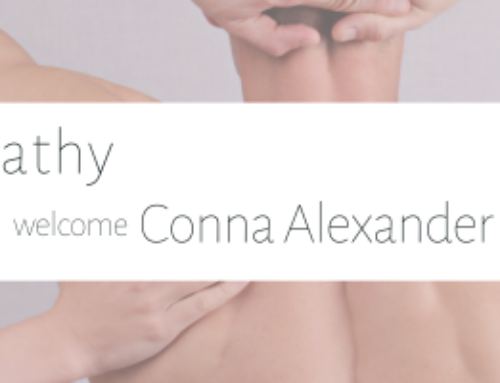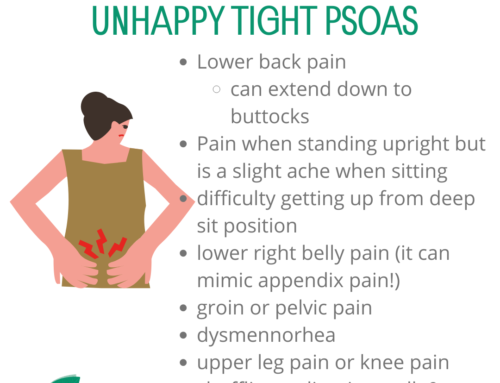The Opposite of Stretching
How a ‘gentle’ approach can be so powerful
by Dr Drew Carr, Osteopath
Stretch more, sit up tall, roll it out, rub out that knot,
How many times have you been given this advice?
Stretching is one way to engage with your body, but just one way.
In Osteopathy we would call this a “Direct approach”.
This says that there is a barrier and we use some force to move into or through this barrier.
I often use what is called an ‘Indirect approach’ to help my patients both in and out of the treatment room.
Let me give you a clear example,
Let’s say you wake up with a stiff neck and have trouble turning to look left. When you do, you experience resistance, stiffness, pain. At the point of movement where these symptoms start, we would say you have reached a barrier. You may also find a ‘knot’, trigger-points or bracing in the muscles here, that tighten and resist more as we move into the barrier.
In the “Direct” approach you would attempt to move into or through the barrier, that is, turn the head to the left. This is a valid approach and may involve stretching, articulation, or ‘cracking’ techniques. It may also involve massaging or pressing on tight muscles until they (hopefully) soften. These can all be useful at the right time and with an appropriate level of force.
Ultimately, Direct techniques are an external force, over-ruling the internal forces present in the body.
Those who use the “Indirect” approach looks at things a little differently.
In this case we would actually turn the head to the right, in the direction where the neck relaxes. Moving away from the tension (barrier), towards a position where the body relaxes. We call this a point of Ease.
Ultimately Indirect techniques are listening to and supporting the forces already present in the body.
Let me explain.
Restricting the motion of your neck is a risky thing to do. It limits your ability to navigate safely through the world, it causes you pain and distress, and it uses a lot of energy to contract all those muscles and ligaments. For the body to do something so drastic, it must have a pretty good reason.
What is the reason? This is a whole post on it’s own, but put simply, the body is concerned that turning left will lead to damage or injury and produces soft tissue guarding and pain in an attempt to stop you doing it. It is a highly effective protective mechanism and one that you should be glad to have.
So the body tries to hold your neck to the right, away from the potentially dangerous position. Note I said potentially dangerous. The body leans on the side of caution when it comes to these things.
Indirect techniques move away from the Danger/Barrier into safety/ease. By following the subtle relaxations we can position the body so that there are no more danger signals firing. A position of radio-silence. A position where all is well. A position where the system feels safe enough to turn the volume down on those protective responses.
So, we turn the head the right, fine-tune to find the position of Ease and wait for the internal forces in the body to reorganise.
Now what happens when we bring the neck back to the left?
If there is a genuine injury like a fracture, these protective responses will thankfully turn straight back on to prevent further damage. However, in most cases, even when there is a lot of pain, there is no fracture or other serious injury. So, now when we bring the neck back left, there is no reason for your body to prevent you from doing so. The soft tissues relax, and you regain movement and comfort.
I have found these techniques to be invaluable for myself and my patients. If a person is in a defensive state, from acute or chronic stress, injury or trauma, it is generally not useful to challenge them, poke them, pick their scabs, cause more pain. This sends signals to the centre, reinforcing that ‘I am in danger’ and need to fight/flight/freeze. By breaking this danger cycle we can bring the person back to a state of wellness where the natural healing processes of the body can take over.
So, if you have a lingering complaint that isn’t resolving, or have been pummeled once too often by other approaches, get in touch to see how an Indirect approach could help you.
Dr Drew Carr practices on Wednesdays
Click here for appointments or call reception on (03) 9482 4325








Leave A Comment